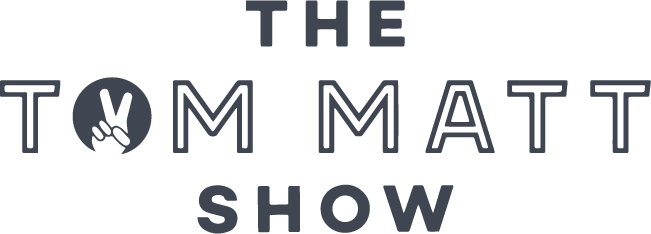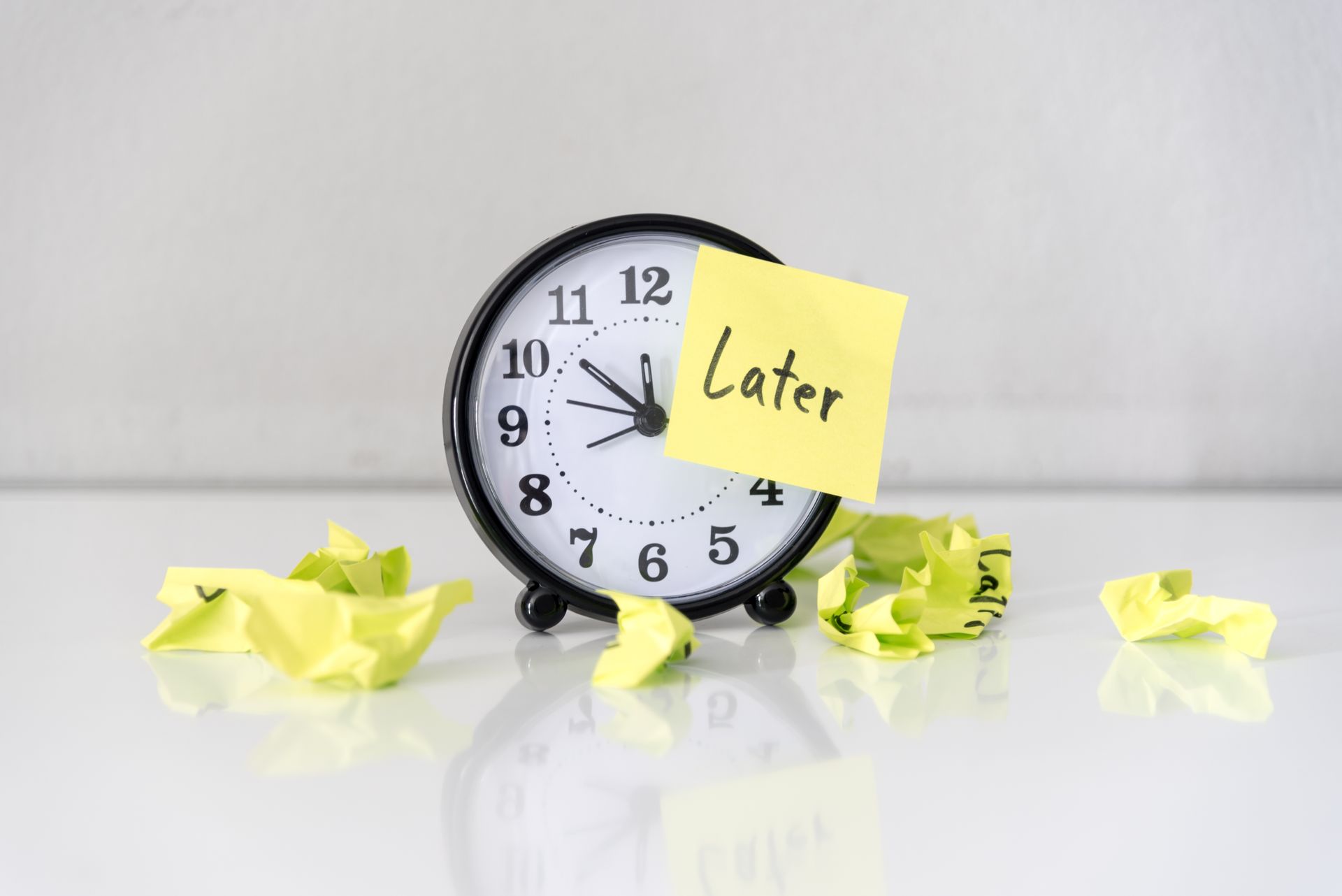
Blog

“My grandmother started walking five miles a day when she was sixty. She's ninety-seven now, and we don't know where the hell she is”. Ellen DeGeneres There is a new trend I have been noticing recently and I like it. I like it A LOT! It is called the “Active Workstations” and it is assisting all of us achieve what I call the ‘Fantastic 5 Percent’. FFP (Fantastic Five Percent) works this way. I give you 8 hours to work and 8 hours to sleep, this leaves us with 8 hours to use however we want. 5% of those 8 hours equates to 24 minutes. All I am suggesting is taking one minute each working hour (8 minutes) and standing up for one minute while at work. Doing this gives us a jump start on our FFP for the day. Now we only have 16 minutes left, you decide whatever movement you want to do. Active workstations are awesome because you get your FFP in plus some. However, for those of us who don’t have the “active workstation” luxury don’t fret because those last sixteen minutes are a piece of cake, it is just having the target in mind to achieve our goal. The entire modern world is constructed to keep us sitting down. When we drive, we sit. When we work at an office, we sit, and when we watch TV. The time has come to use your FFP goal to eliminate just SOME of the sitting. Yes, standing counts, watching TV standing up counts, walking upstairs counts, it all adds up! Remember just 16 more minutes! Prolonged sitting, meaning sitting for eight to 12 hours or more a day, increased your risk of developing type 2 diabetes by 90%. Say what! The FFP gives us a target, it is simple, those that are blessed with “active workstations” halleluiah, those of us who are not so lucky, fear not because simplicity is in our corner. Some other FFP suggestions- No elevators Believe in walking. Sit unsupported. Chair back squats Park farther out in the lot Start an FFP club at work.
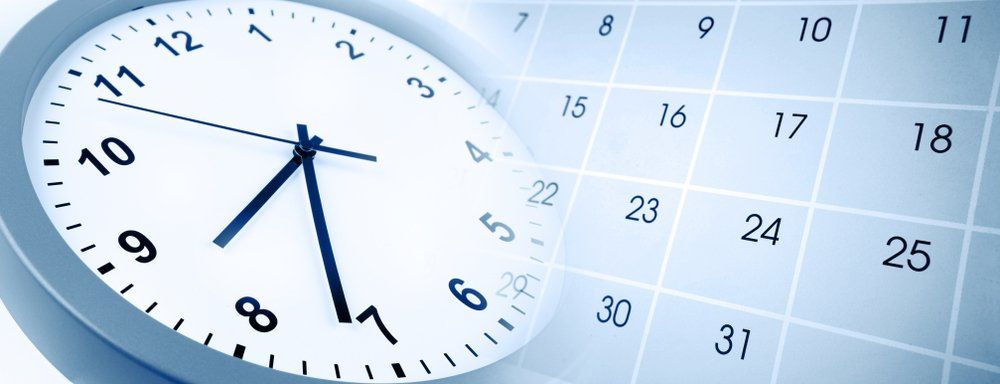
“Let us never know what old age is. Let us know the happiness time brings, not count the years.” Ausonius What if I told you that we all are the creators of our own time? That our greatest resource, time, is completely under our own control? The standard way of looking at ‘time’ is based in part on Sir Isaac Newton’s classical explanation of time, “that time passes uniformly without regard to whether anything happens in the world.”i Makes total sense, I have always believed in the value of time as a resource that should be embraced as finite. However, my view has been slightly altered, thanks to reading the book ‘The Big Leap’ by Dr. Gay Hendricks. Dr. Hendricks uses the expression “Einstein Time” to teach us that we all are masters of our own dynamic time source, that the ‘Newtonian method’ and the ‘Einstein method’ are vastly different viewpoints. Time really is a perceptual resource; we own our time, it does not own us! To expand the amount of time we have in our daily lives we have to be creative in our processing of thoughts. Because it is through changing of the perception that time becomes an asset, not a liability. Not something finite but really infinite. See, it is a perception thing! If we acknowledge that we own our time, that YOU own it, and that time does not own you than we become the masters of our lives. When we admit to ourselves that time does not control our life, we lose the ‘victim’ mentality. Now we get closer to the top level of Abraham Maslow's ‘Hierarchy of Needs’, Self-Actualization. By owning our own time we relieve pressure and stress. By becoming more focused on what we truly want to accomplish, we eliminate boredom. Time becomes our asset, not liability. Use these tips to improve your personal time bank- Do not complain, out loud or in your mind, about a lack of time Abstain from perpetuating time as a stressor Acknowledge how often we complain about “not having enough” Embrace feeling hurried as a positive influence on creativity Breathe deeply peace
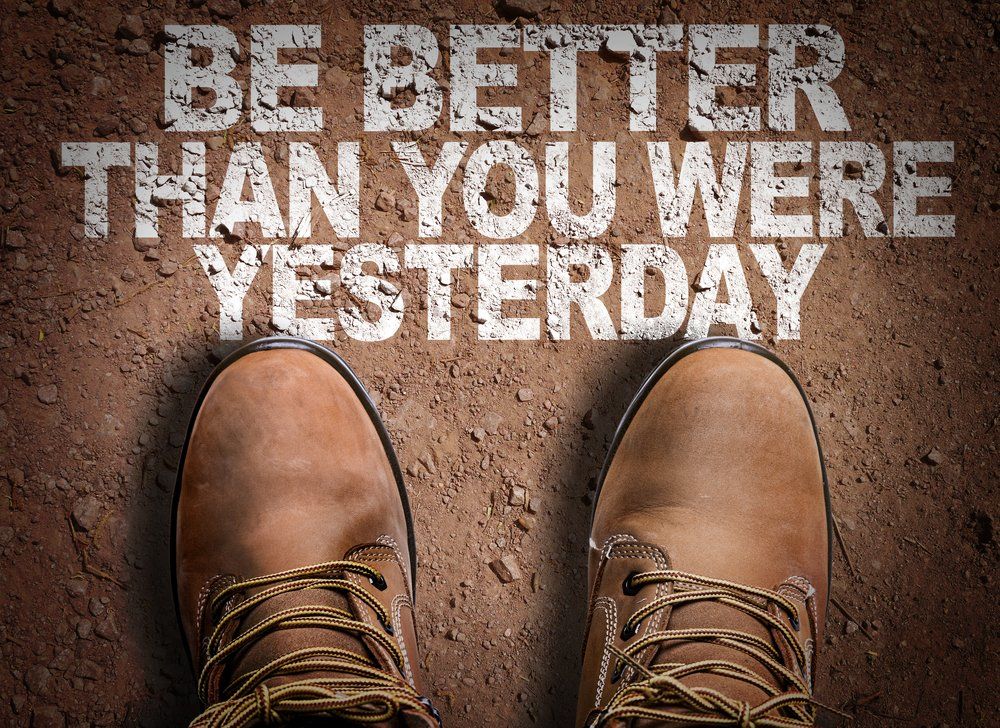
“Life is drawing without an eraser.” John W. Gardner John W. Gardner was a legendary public intellectual, leadership expert and civic reformer famously credited with the term “tough-minded optimism,” which is a balance of unique ideas, deep convictions, and resilience in the face of change. Finding ourselves in the ‘MiddleLiving’ place in our lives (I have expanded the range from 45-75 to 40-85 years old, thank you to my highly educated guests) we need to embrace ‘tough-minded optimism’ as our mantra! Embracing continuing education is the key to longevity, and the 21st century is a perfect time to leverage opportunities. Going through the motions is just not going to cut it, not if we are planning on living to 100 with QOL. If we are living a ‘Healthy & Fit’ lifestyle we have a chance. I do not deride the challenges of life, it’s a tough journey, but I worry about those who are living below their potential. Boredom is the avoidable ailment of all ‘MiddleLiving’ souls; the key thing is recognizing how we begin to slowly slip. The times we live in where we find ourselves so busy yet so ‘bored’ is a paradox. With smugness, the imprisonment by our own comfortable habits we grow rigid and unable to change and move. We become physically, emotionally, and intellectually stuck in our ways. I refer to this paradigm, as the “Carousel of Life”, where we ride for 25, 35, 45 years get off, and then wonder what happened! The image that is our life is perceptual. Rather than ruminate on what might have been, reflect on what can be. Think flexible and exciting, tough-minded optimism is the way! Thinking our way forward, moving more, sleeping better, eating just a little bit better can be the opening of the door. Try some of these tips- Do a personal self-assessment Don’t be too hard on yourself Create a vision board Seek coaching Stay connected Keep working peace

“Few things in the world are more powerful than a positive push. A smile. A world of optimism and hope. A 'you can do it' when things are tough”. Richard M. DeVos I have been asked, “You’ve had some terriblethings happen to you over the years, but you’re still so positive. How do you do it?” Let me tell you it is a journey and it is all about incremental self-improvement. It’s called “Faith”! My life had been rough at times. I had gotten divorced, been a single parent, battled alcohol and drug issues, and dropped out of college. I could have been angry and bitter, I was for a while. Loneliness is hard. I always knew deep down that staying positive and optimistic would be the golden ticket. That I could attract the right kind of situations and people into my world by focusing on fixing me and not the world. Now I wake up looking forward to each new day and the possibilities ahead of me. Starting the day with a grateful heart works, it jumpstarts the optimism muscle. Optimism comes from the Latin word optimus, meaning "best," which describes how an optimistic person is always looking for the best in any situation and expecting good things to happen. Optimism is the tendency to believe, to expect things will turn out well. Articles I have read and interviews I have done reinforce that a positive outlook on life can certainly fortify the immune system (and the body's defenses against illness), cardiovascular system (optimists have fewer heart attacks), and the body's ability to handle stress. The developing arena of positive psychology studies the helpful impact that optimism has on mental health. Optimism is good for physical health too—optimists are sick less and live longer than pessimists. Do these- Believe in the good things in life. Believe in being thankful for what we do have, not what we don’t Believe in faith, that nothing can hold you back from achieving success and reaching your goals. Read Dr. Martin Seligma

“For me, fitness is not just about hitting the gym; it is also about an inner happiness and an overall well-being.” Rakul Preet Singh I am a believer that ‘Wellbeing’ is a key to growing older with zest and pizazz. I have used the term in a speech that I deliver called the ‘Well Being Paradigm’ with the paradigm consisting of five components. I label these the “Fantastic-Five”, which are- Wellness Science Technology Medicine Behavior Each of these components has its own depth. One of the fun parts of discussing the journey and mission of living and flourishing is talking about these. For example in my world, ‘Wellness’ is the leadoff hitter. The ‘WBP’ (wellbeing paradigm) has eight levels which are- Physical and Intellectual Occupational and Financial Spiritual and Emotional Social and Environmental Identifying your strength and relative weakness in any of these subcategories can help us grow. This is a key to Generativity. Psychologist Eric Erickson is attributed with this concept and I was introduced to it by my friend and guest on our radio program Psychologist Dr. Debbie Heiser. Framed by giving back to society through raising our children, being productive at work and becoming involved in community activities and organizations, Generativity helps us develop a sense of being a part of the larger life picture. Being in the ‘MiddleLiving’ phase of life (40-85) gives all of us ample opportunity to make amends, shape our future and give back. I like to say that the “Bling-Bling doesn’t have the same Ring-Ring” it once did. Understanding and working within the ‘Fantastic-Five’ can enable our continued development and growth. Generativity is the rocket fuel that can launch us into a fulfilled life. Growth does not stop at a certain age, and it actually can be enhanced as we grow into the next chapters. It is up to each of us to determine the robustness, think about this- Flourishing is reflective of positivity Happiness is an attribute of mental health Life satisfaction is part of each person’s soul Giving back enhances it all, in every way, every day!
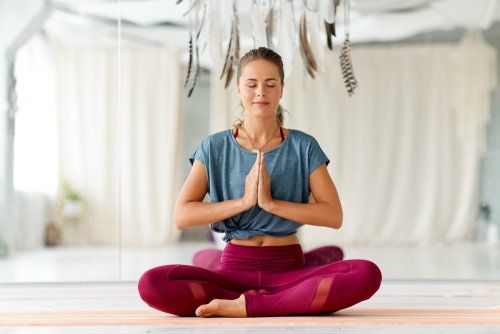
“Half an hour’s meditation each day is essential, except when you are busy. Then a full hour is needed.” St Francis de Sales Is meditation the real deal? In our house my family will tease me when I tell them I am going to ‘meditate’, their line is “oh dad is going to take a nap”. I am here to defend my non-napiness and encourage the art of meditation. Did I just say “napiness”? Meditation has been growing steadily in popularity over the last two decades. There are still those, my family included, who dismiss the practice. Some would call it a “waste of time”, I am here to tell you “waste not, want not gang!” Meditation is so much more than just sitting around dozing. Please realize that a small ten to fifteen minute practice of meditation can do us all a world of good for our health, both mentally and physically. Isn’t that why the cell phone alarm was invented? Meditation has been described as, “a state of awareness, not an act of doing”, by FreeMeditation.com. It may look simple. Take it from me, with a little practice it can be the most freeing of mindfulness exercises. As FreeMeditation.com says, “Meditation is a state of profound, deep peace that occurs when the mind is calm and silent, yet completely alert.” It works gang! Meditation is all about the act of letting go and giving yourself a few moments of inner peace. A balancing point, a freeness from the daily busyness and stressors that is living in the 21st century, supporting optimal health; it has been shown to have a wide variety of benefits including- Increasing alpha, theta and delta brain waves which can increase productivity, relaxation and creativity Seventy five percent of long term insomniacs trained in meditation can fall asleep within twenty minutes. (Source Dr. Greg Jacobs, Harvard) Meditation reportedly can boost the immune system Meditation may slow the aging process (International Journal of Neuroscience) Meditation practice is just that, practice. Try and find your time consistently and watch what happens

Igniting Our Potential “It is a happy talent to know how to play.” -Ralph Waldo Emerson Growing older can put us in a space of ‘checking-out’. Like a water-logged piece of kindling, “Igniting our Lives” can be challenging. We sometimes lose sight of the meaning in our lives; the daily routine can sap energy, building stress. We forget that it is a privilege to play, that it is a blessing to work; it is a joy to help others, especially our younger generations. Finding the little things that can be the spark, the catalyst, maybe step back to a time when play was outdoors, engaging, and meaningful. Simpler things that both encourage movement and can reconnect to a toy that was just simple and ‘fun’! Remember ‘Wham-O’? The Frisbee The Hula Hoop The Super Ball The Hacky Sack, and Slip & Slide Remember some of those? The iconic catalysts of play, testaments to days gone past? Wham-O was founded in 1948 and has seen great times and not so great, similar to many people in our generation. Their example of grit and recreation is a great example for us to model after. Recently I reached out to the CEO of ‘Wham-O’, Todd Richards to pitch an interview on the radio program. It did not take long to confirm their desire to share the love of our iconic toys from the past, and how WE ALL can benefit from outdoor simple play in the future. Olyvia Pronin, their Director of Marketing sees the potential; she assisted in my outreach to Todd. Wham-O and their core lines are ageless, evergreen, and needed. Our children, heck our grandchildren need us to show them how much fun a Frisbee can be! The best way to shake off ‘checking-out’ is to ‘check back in’. Let’s move away from talking about the past to getting reengaged and build a future of play and old school cool! Teach a kid to throw a Frisbee, and never worry about being bored. Back to the future, heck yeah! Try these- Play catch Shoot hoops Throw a Frisbee Ride a bike Bounce a Super Ball
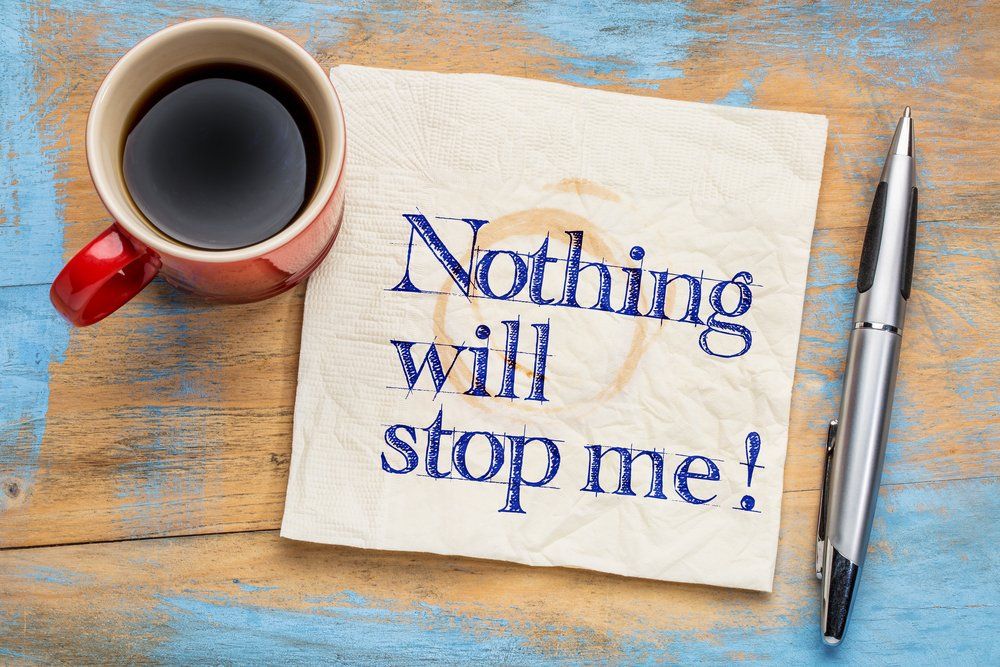
“Life is 10% what happens to me and 90% how I react to it.” Charles R. Swindoll According to Webster’s dictionary resilience is defined as- “An ability to recover from or adjust easily to misfortune or change”i Throughout life we all may experience stressful events or have negative experiences, building our ‘resiliency muscle’ (RM) is the key to weathering the storm that is life. Strengthening the ‘RM’ is a skill that can be learned. Through the cognitive process known as ‘neuroplasticity’ our brain has an amazing ability to adapt, and improve. It is a process I call “passionate practice”, where we can strengthen our ‘RM’. Be grateful; build resilience, rinse, and repeat! Dr. Daniel Goleman wrote about this in his bestselling book ‘Emotional Intelligence’ in 1995. This book that opened the door to the emerging discipline of behavioral neuroscience, sometimes in tough times we become, as Dr. Goleman wrote, “emotionally hijacked”; the key is to ‘regulate’ our reaction and behavior. It can be difficult to be grateful at times because our brain is programmed to protect us, (flight or fight); think of walking through the woods and seeing a stick on the ground. Is it a snake or a stick? The more we can adapt, the stronger the path in our brain becomes, the more resilient we become. As we embrace an attitude of gratitude and gratefulness our personal ability to rebound is enhanced, avoiding as Dr. Goleman wrote the “amygdala hijack.” The amygdala is the emotional part of the brain, which regulates the fight or flight response. Challenging times will happen in life, when they do, practice asking yourself, “what am I feeling” and consider the message, or the takeaway, can we learn from them? Think of these life lesson’s as ‘small wins’ or ‘little victories’, this works because the pause we take regulates the reaction. Flourishing in life involves struggles, growth, authenticity, compassion and gratitude. Remember these tips- Strength comes from struggle Identify and understand habitual ‘triggers’ that set you off Give yourself a millisecond time out before reacting, regulate Pause and process emotional moments Embrace ‘small wins’ Resilience is a skill peace
